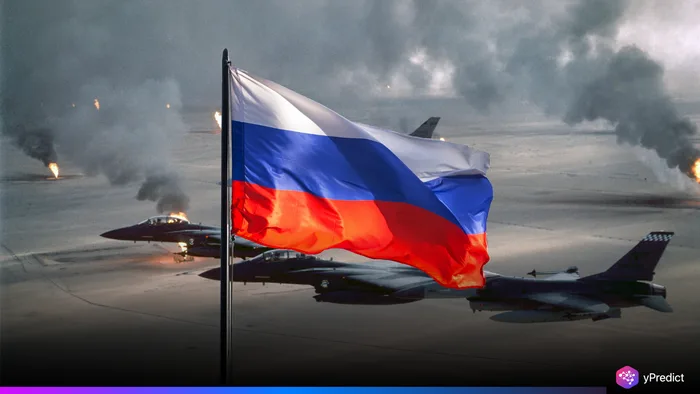
Russia has made a dramatic budget shift, moving $25 billion toward military spending by slashing funds from social sectors. This reallocation is not just a financial decision but a reflection of how deeply the Kremlin is prioritizing its war strategy over domestic welfare. The move is already drawing strong criticism from both economic experts and global observers, who view it as another clear signal that Russia’s war priorities are intensifying.
Anatoly Artamonov, chairman of the Russian Federation Council’s Budget and Financial Markets Committee, announced the plan to reallocate 2 trillion rubles, or roughly $25.2 billion. The bulk of this amount will go directly toward what he terms “defense and security.” In clearer words, it’s a direct injection into the Russia war budget. Artamonov’s comments reveal a strategy that places national warfare objectives above public welfare investments.
A Budget Shift With Real Human Costs
Artamonov outlined exactly where the funds will come from. He called for slashing “ineffective benefits” and concessions, especially those linked to constructing social facilities. This includes schools, hospitals, and recreational infrastructure. He also suggested pulling money from what he called “non-core assets” like football clubs with “crazy salaries” and outdated sanatoriums.
The Russian administration contends that these reforms will address inefficient financial spending. However, opponents argue that cutting social spending in the middle of extended economic downturns will only exacerbate pain at home. There are consequences to cuts in social spending, especially when cuts may impact long-term social services like healthcare, education, and pensions.
High-Tech Industries Will Get the Money
The reallocated funds won’t just go to weapons or ammunition. Artamonov claims the additional support will help Russia invest in “high-tech industries” that support national defense. This includes advanced weapons development, surveillance technology, and military infrastructure.
However, these moves are raising eyebrows. Experts warn that pumping money into the Russia war budget while ignoring the civilian economy will widen inequalities. Social programs already operate under pressure from inflation and supply shortages. Slashing them further could spark public discontent and long-term unrest.
What Russia’s Strategy Tells Us About Its Priorities
The decision to prioritize military expansion over public well-being highlights a dangerous shift. With this reallocation, the Kremlin signals that the war effort will remain its core mission. It also hints that more such changes could follow. If Russia continues to direct its economic engine toward conflict, it leaves little room for public welfare or domestic stability.
This also creates a grim message for the international community. The Kremlin seems unbothered by sanctions and instead keeps digging deeper into its reserves. Rather than bend under pressure, Russia appears willing to redirect internal resources to fuel its external ambitions.
Why Stronger Sanctions May Be Necessary
Many analysts argue that the best way to counter this growing military focus is to tighten global sanctions. The logic is simple the less financial space Russia has to fund its war, the better. If sanctions target not just oligarchs but also supply chains and funding mechanisms, they can limit the impact of such budget reshuffles.
Stopping the flow of funds into the Russia war budget is crucial not just for Ukraine but for global stability. Every ruble taken from hospitals or schools and redirected to war machines represents a dangerous shift in governance. The pressure must grow, both economically and diplomatically.







